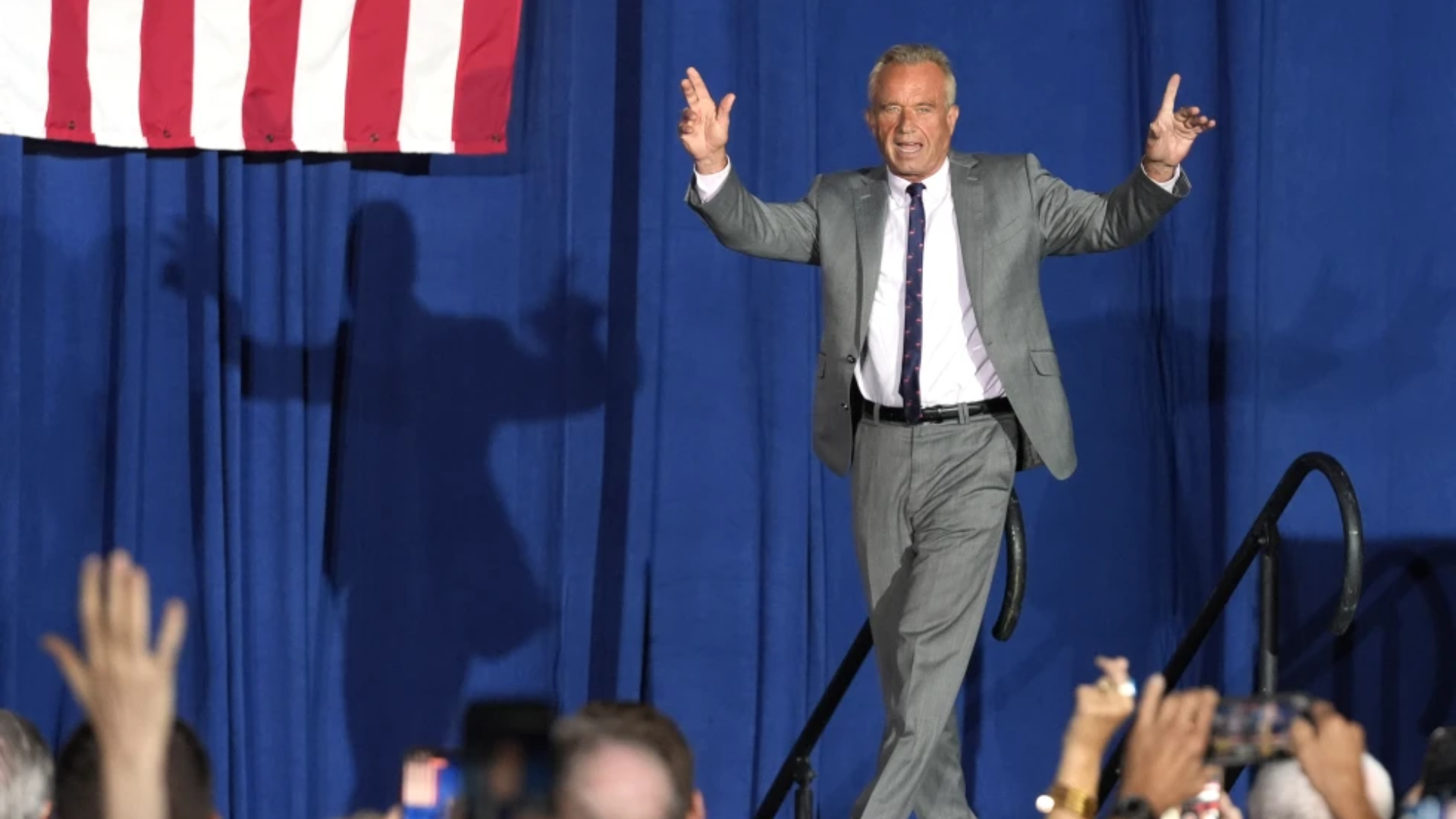SOUTH MIAMI, Fla. (AP) — Ric O'Barry feels the tide turning in his long quest to change the public's mind about dolphins in captivity.
He went from being a dolphin trainer on the beloved "Flipper" TV series in the 1960s to a notorious activist featured in the 2009 documentary "The Cove," which shows the killing of dolphins in Japan. His methods and protests against keeping dolphins on display often have been unwelcome as dolphin shows are popular and lucrative.
But in the wake of "The Cove" and the documentary "Blackfish," it seems O'Barry's desire to see all dolphins swimming free may have gained mainstream traction.
The National Aquarium in Baltimore announced last year that it was exploring the feasibility of an oceanside sanctuary where its eight dolphins could retire.
Elected officials nationwide also have taken up the issue of marine mammals, including dolphins. In November, the San Francisco Board of Supervisors passed a non-binding resolution stating that whales and dolphins have the right to be free from life in captivity, and the city council of Malibu, California, issued a proclamation in February proclaiming that all whales and dolphins swimming offshore have the "right to their own freedom and lives."
"Validation! I was right! I feel great about that," O'Barry, 75, said recently at his South Miami bungalow. "Yeah, finally! It only took 50 years but they finally get it. They don't belong in captivity, they're admitting that."
O'Barry's still considered an extremist, though, in an industry that questions why healthy dolphins with trainers who care for them would need sanctuary.
"I'm not sure when someone says a dolphin should retire that you're taking care of their mental and physical needs," said Rita Irwin, president-elect of the Alliance of Marine Mammal Parks & Aquariums, which includes over 60 marine parks, zoos and aquariums worldwide.
Irwin also is the CEO of the Florida Keys-based Dolphin Research Center, which in the 1990s took custody of a dolphin O'Barry released into the wild. The center said the dolphin was malnourished, while O'Barry maintained that the dolphin's health was good.
Irwin and O'Barry do agree, though, that many dolphins in captivity generally are not good candidates for release because of the amount of time they've spent under human care.
O'Barry didn't always advocate to free dolphins. He once helped capture and train them for the Miami Seaquarium, where "Flipper" was filmed. He had a change of heart after the series ended and one of the dolphins, ailing in a steel tank, died in his arms. Decades of civil disobedience, media campaigns and advocacy followed through his independent organization, The Dolphin Project.
O'Barry argues that dolphins in captivity have no educational value because their activities bear no resemblance to what they do in the ocean. Visitors only see dolphins appearing to play without understanding the damage caused by confining animals that rely on sonar to experience their environment, he says.
"The music is playing and it's your day off, you've got your family with you, the sun is out, the water is a beautiful, magic, sparkling blue, and the dolphin is smiling back at you. There doesn't seem to be a problem. Unless you're hitting the dolphin with a baseball bat, you don't see the optical illusion that I see," O'Barry said.
He wants to see dolphins that can survive in the wild released, and those that can't be retired to open water sea pens where they would be protected from predators and kept from breeding so more dolphins won't be born in captivity. He's cheered by news that some institutions with captive dolphins now may be seeing his way of thinking.
The National Aquarium dropped scheduled dolphin performances two years ago and instead allows visitors to watch trainers work with the animals throughout the day. Now it's evaluating whether a sanctuary or a national dolphin center would be better options for its dolphins as it plans a variety of changes to its visitor experience.
"Baby boomers grew up watching 'Flipper,' while for millennials it was 'Free Willy' and 'The Cove.' Our audience is evolving dramatically, and if we hope to remain relevant, we must ourselves evolve as well," CEO John Racanelli said in an email to The Associated Press.
Other facilities with dolphins are less willing to talk about the influence those recent films have had on their audiences.
Officials at Clearwater Marine Aquarium sought to clarify revisions announced this summer for their dolphin displays. The aquarium is home to the rehabilitated dolphins Winter and Hope, made famous in the "Dolphin Tale" movies, and their interactions with their trainers will remain public, though "we don't do the big Broadway-type shows," said CEO David Yates.
Yates wanted to be clear, though, that he wasn't condemning choreographed dolphin performances. "We're not passing judgment on everybody else, we're just saying what we do," he said.
Last summer, Orlando-based SeaWorld said it would build larger environments for its killer whales. The announcement came amid falling earnings and park attendance and after the public criticism that followed "Blackfish," the 2013 documentary that argued that keeping marine mammals in captivity is inhumane.
While those in the industry call "Blackfish" and "The Cove" propaganda, O'Barry said they helped shift public opinion and push his work out from under the personal guilt he felt over his role in building the public's love for dolphins doing tricks.
"I helped create that mess," he said. "I was doing what I could to stop it, and I was coming from a place of guilt, but not anymore."
Copyright 2015 by The Associated Press. All Rights Reserved. This material may not be published, broadcast, rewritten or redistributed. (AP PHOTO)





















